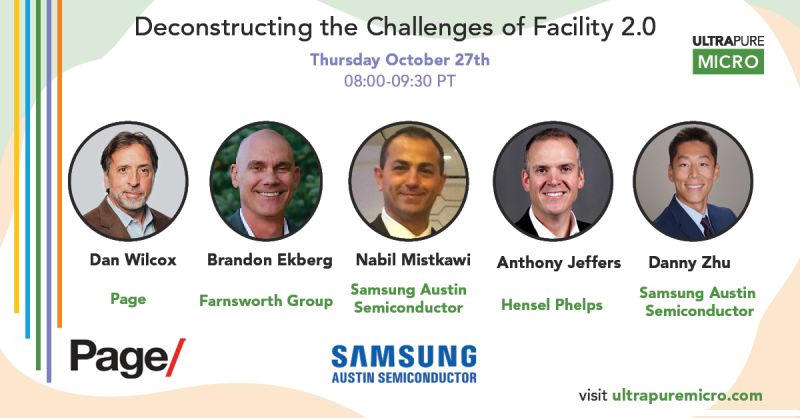Industry Collaboration and SEMI Standards to enable IC manufacturing for advanced nodes
Date Published 2019 | UPW journal archive
To access our resources you will need to be a member of UltraFacility, log in to your account or purchase a membership to view this content.
The complexity of integrated circuit (IC) manufacturing for advanced nodes, paired with the growing demand for higher yields and lower defectivity, requires close alignment among industry stakeholders. New systematic improvements of system design, material choice and quality assurance methodologies are needed to minimise every possible source of contamination and variation in the manufacturing process. An extensive collaborative effort between SEMI Standards Task Forces and IRDS roadmap teams, representing the IC manufacturing supply chain, is focused on developing industry best practices to enable proactive yield management. As a result, relevant SEMI Standards are being revised to focus on the quality of UPW and liquid chemicals, design and operation of related systems, qualification of polymer assemblies and process critical materials and components. This article was originally published in the Ultrapure Micro Journal in March 2019.
Related content
Semiconductors: Driving Innovation and Changing the World

Deconstructing the Challenges of Facility 2.0: Device Complexity Drives Facility Complexity
THM – A Novel Sustainable Approach as a Global Solution for UPW Applications
Semiconductor Industry Trends Highlighted at UPW Micro 2012
Back to results